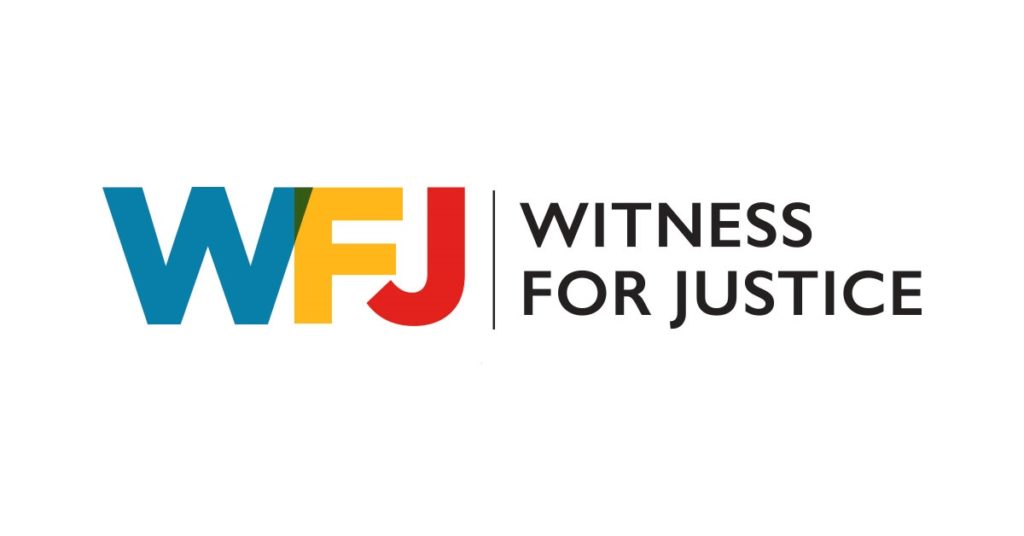Forgive Us Our Debts
For thousands of young people, their senior year of high school is a season filled with hope and excitement. A culmination of studying, dreaming, growing, and developing close friendships have led to the final nine or ten months of traditional schooling and living at home.
Plans are being made for final dances, prom attire is carefully coordinated, senior and graduation pictures are purchased, usually at the expense of parents. College entrance essays are being written and stress levels rise in preparation for SAT and ACT scores being released. These are wonderful times, but there is another side of the story that all too often can darken these happy moments and bring anxiety and disappointment.
Approximately 18 million students complete the Free Application for Federal Student Aid (FAFSA) application each year in an attempt to make their college education more affordable. Through a series of questions, a formula determines your Expected Family Contribution, which is the amount of money you or your family will have to come up with for that academic year. With the average cost of tuition ranging from $9,000 for in-state tuition to more than double that for many private institutions, college can seem like an unrealistic dream for many, despite all the hard work they have done up until this point. Many students then turn to federal and private loans to make up the difference for what is not covered by scholarships and grants without really understanding the long-lasting impact of signing their name on the borrower line.
A quick snapshot of the student loan crisis reveals these shocking statistics. According to Forbes, there is:
- $1.75 trillion in total student loan debt (including federal and private loans)
- $28,950 owed per borrower on average
- About 92% of all student debt are federal student loans; the remaining amount is private student loans
- 55% of students from public four-year institutions had student loans
- 57% of students from private nonprofit four-year institutions took on education debt.
Programs like Public Service Loan Forgiveness (with newly expanded eligibility for clergy) are a help, but come with many stipulations that can be overlooked. Additionally, frustration is mounting for many borrowers over various groups now contesting the legality of new debt relief options that would have eliminated a portion of their debt.
As one who lived in this cycle of working towards forgiveness while repaying both private and federal loans, the cycle can feel hopeless as you navigate a world that feels foreign with very little support and guidance. Meaningful work needs to be done to make college affordable for everyone, while honest conversations need to be had with our children around finances and money so smart decisions can be made. For anyone looking for more information on student loan forgiveness, I want to lift up this webinar from my colleagues: How to Get Your Student Loans Forgiven.
ABOUT THE AUTHOR
Trayce Potter is Minister for Youth and Young Adult Engagement for the United Church of Christ.
View this and other columns on the UCC’s Witness for Justice page.
Donate to support Witness for Justice.
Click here to download the bulletin insert.
Related News
It’s Time to Get into Good Trouble
On Tuesday, April 3, history was made by U.S. Senator Cory Booker who spoke on the Senate...
Read MoreReflections on a Christian Understanding of State and Government
The testimony of both the Hebrew and Christian scriptures as well as theological reflections...
Read More“What is Wrong with You People?”
I am writing this article from New York City as I engage with CSW, the United Nations...
Read More
